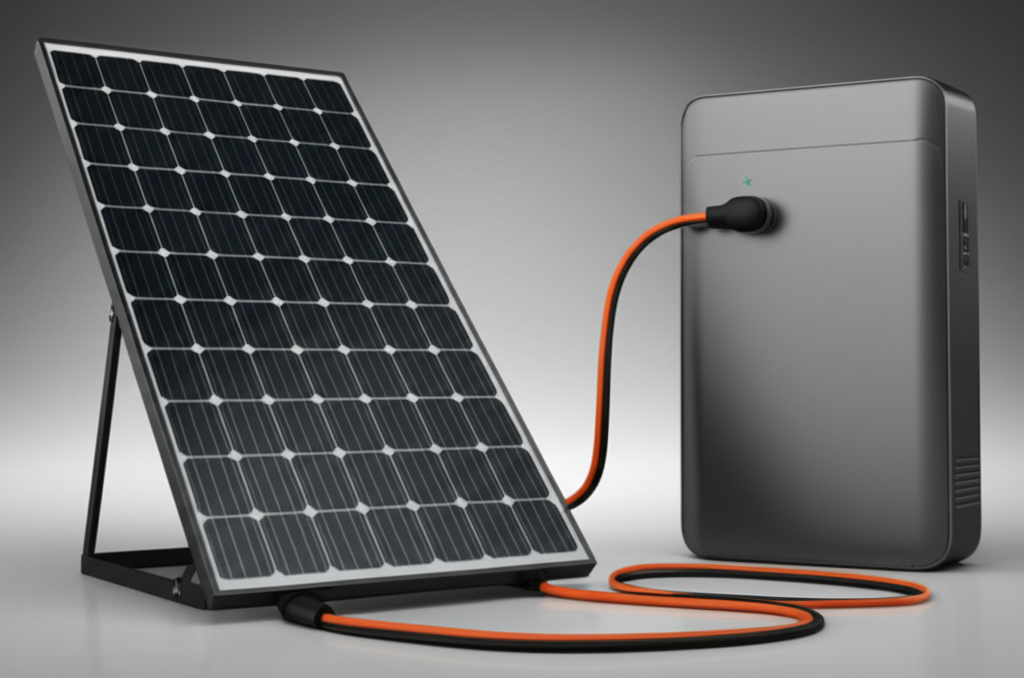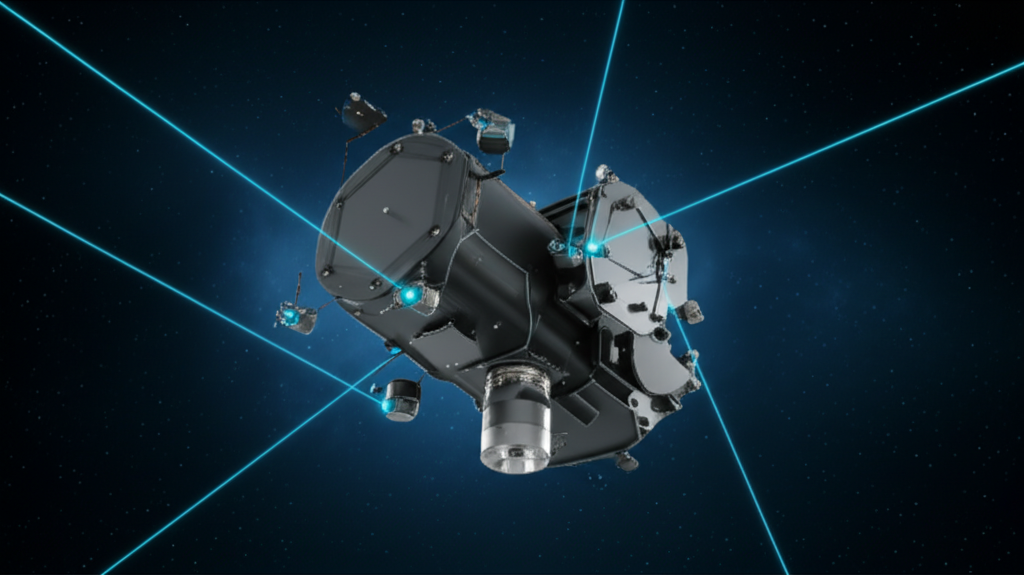
Designing Your CubeSat's Power System
The power system is critical for any CubeSat mission. This tutorial walks you through calculating power budgets, selecting appropriate solar cells and battery chemistry, designing a power distribution unit (PDU), and considering factors like efficiency, charging cycles, and safety for space environments.
Watch the Tutorial
Tutorial Content
Step 1: Create a Power Budget
A power budget is an essential first step. It's a detailed accounting of the power consumption of every component on your CubeSat during different phases of its orbit (e.g., sunlight and eclipse) and different operational modes (e.g., standby, data transmission).
Key Components of the EPS
Solar Panels (Generation)
These convert sunlight into electrical energy. Key considerations include the type of solar cells (e.g., Gallium Arsenide), their efficiency, and the total surface area available on your CubeSat.
Batteries (Storage)
Batteries store energy for use when the satellite is in Earth's shadow (eclipse). Important factors are battery chemistry (typically Li-ion), capacity (in Watt-hours), and the planned Depth of Discharge (DoD) to ensure a long operational life.
Power Distribution Unit (PDU) / EPS Board (Management)
This is the brain of the power system. It manages the charging of the batteries, regulates the output voltage to a stable level (e.g., 3.3V, 5V) for other subsystems, and provides protection against overcurrent or undervoltage conditions.
Related Tutorials

Orbital Mechanics Basics for CubeSats
Understand key concepts like Kepler's laws, orbits, and delta-v for CubeSat missions.

Preparing for a CubeSat Contest
Tips and tricks for writing a winning proposal and presenting your CubeSat design.
